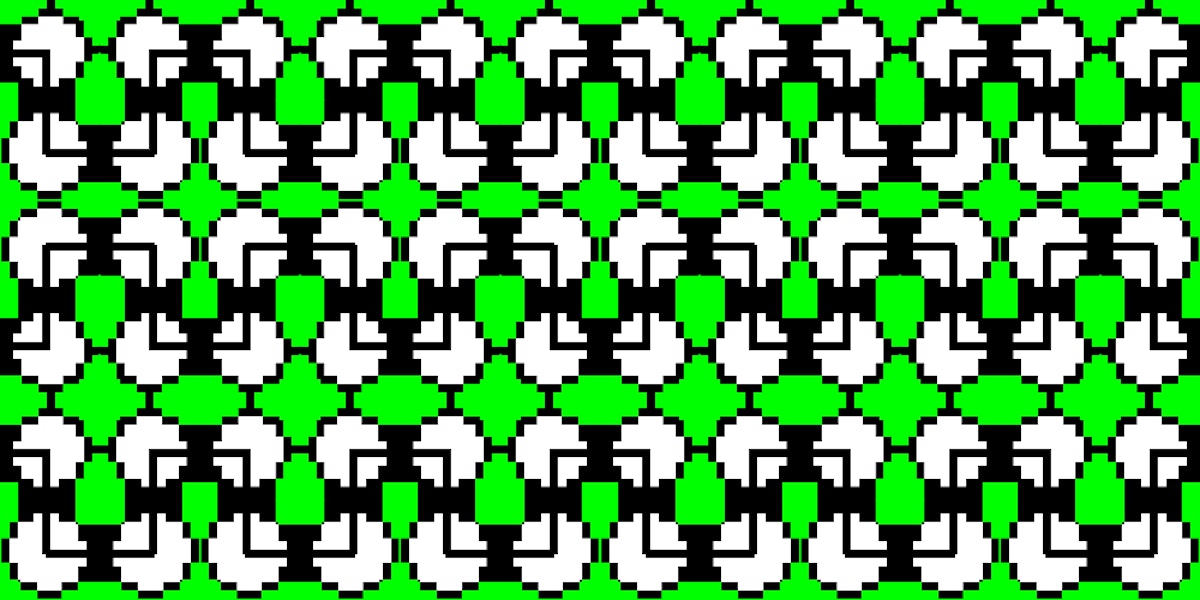181,378 reads
Testing React components with Jest and Enzyme

Web developer, award-losing photographer and dog friend.
About @sapegin
LEARN MORE ABOUT @SAPEGIN'S
EXPERTISE AND PLACE ON THE INTERNET.
EXPERTISE AND PLACE ON THE INTERNET.
L O A D I N G
. . . comments & more!
. . . comments & more!

